Fusion Building Materials Private Limited is a subsidiary of Fusion group of Companies. Fusion group is a multifaceted organization that is well-established in the infrastructure industry. The business journey of the group was started with the thought of making the industry echo-friendly. It is currently led by Dr.SURESH BABU SADINENI, MANAGING DIRECTOR. Fusion company is a certified manufacturer of a new age green building material called Autoclaved Aerated Concrete (AAC) blocks which is lightweight and high in strength.
Our company is a certified manufacturer of a new age green building material called Autoclaved Aerated Concrete (AAC) blocks which is light to weigh and high in strength. We use a high-end automated setup and thus, we do not compromise on the quality. We ensure that our products conform to all standards needed for a good construction product and pass all the IS standards of testing.

Vision: To make Fusion blocks replace all concrete blocks and conventional clay bricks in the construction industry by offering innovative, eco-friendly, new-age technology and unmatched service backup to customers.
Mission: Our mission is to make every Fusion customer proud to use our product and keep it ahead of the competition in technical excellence and after-sales service.
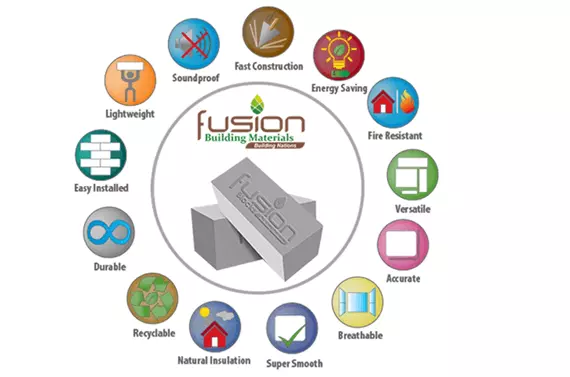
Fusion group is a well-established name in the infrastructure industry. What makes our company different from other companies is that we are certified manufacturers of green building material. We manufacture Autoclaved aerated concrete AAC Blocks, which are a perfect substitute for the traditional red bricks. Below are few reasons why clients must choose us over other construction material manufacturers:
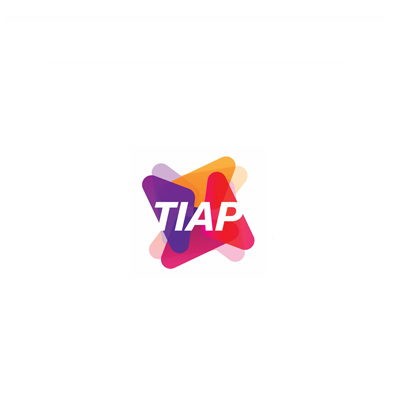
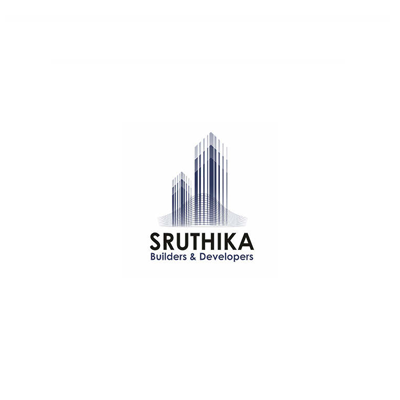
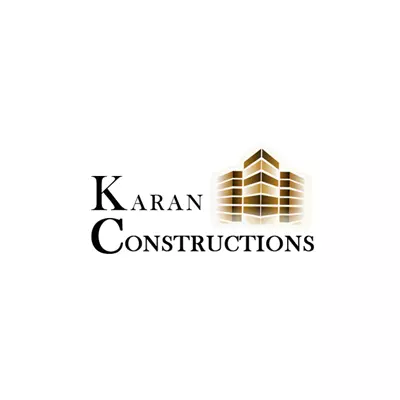
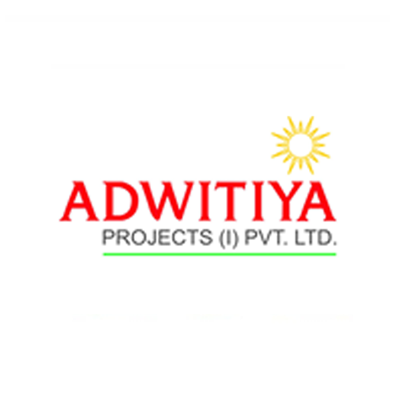
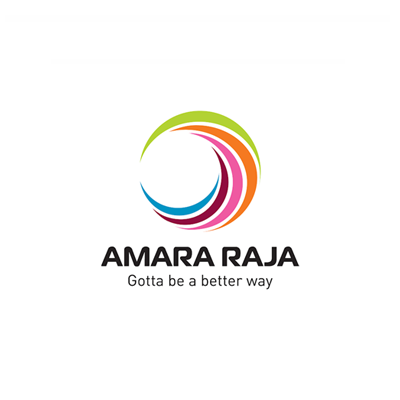
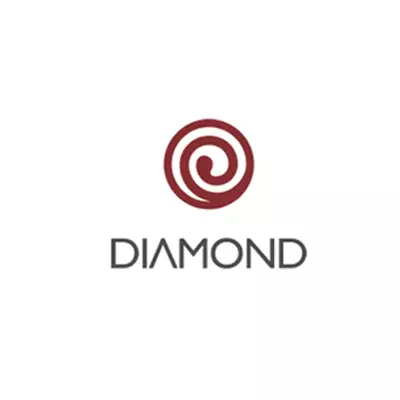
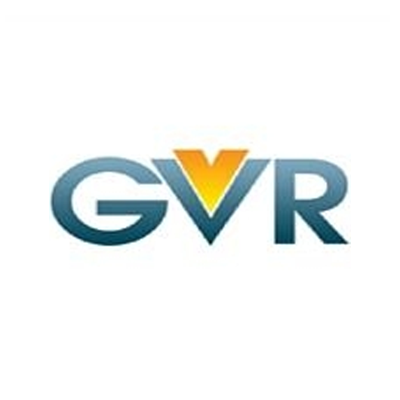
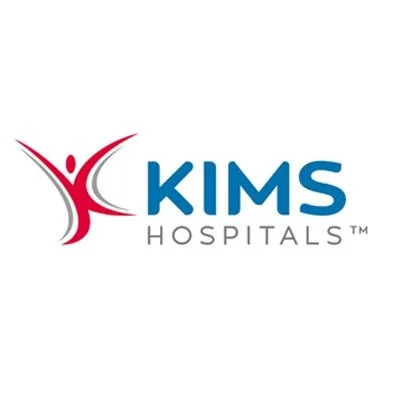
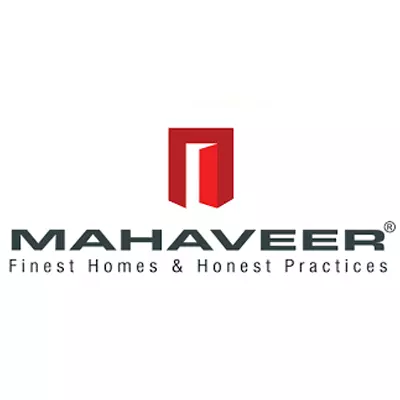
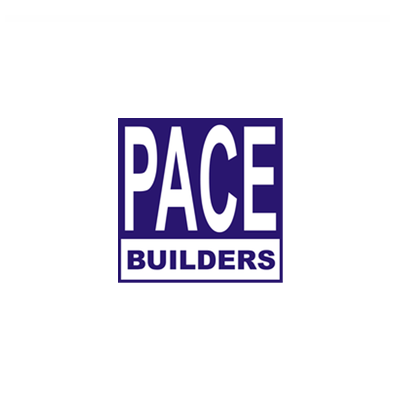
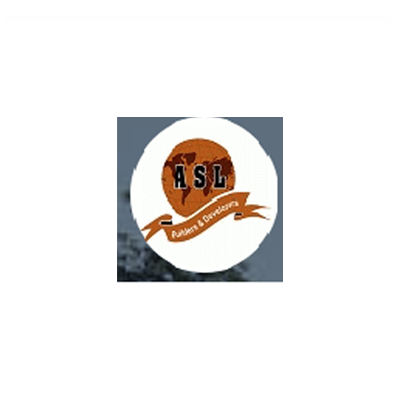


In the manufacture of clay bricks, the top soil is depleted and natural resources are eroded, resulting in ecological imbalances. But by utilizing fly ash which is the waste material generated by thermal power stations, we will be saving the natural resources on one hand and putting the industrial waste into productive

No. Parameter AAC Block(Fusion Blocks) Clay | Red Bricks 1 Size (mm) 600 * 200 * 100 – 300 230 * 115 * 75 2 Precision in size Variation (+ /-) 1 mm Variation 5 – 15 mm(+/-) 3 Compressive Strength 3.5–5N/mm2(As per IS.:2185), Part-3, Grade-|| 2.5-3.5 N/mm2 4 Dry Density 550-650 kg/m3 (Oven dry)

AAC also known as Autoclaved Aerated concrete. It is a lightweight concrete. AAC Blocks has been widely using across the world. AAC Blocks are made by mixing Portland cement, lime, fly ash, water, and aluminum powder the final mixture is poured into a moulds. The reaction between aluminum and lime causes microscopic hydrogen bubbles to
If you have any construction and renovation work need, simply
call our 24 hour emergecny number.
+91 - 9390500157 or Contact Us
Copyright © Fusion Block 2020. All rights reserved.